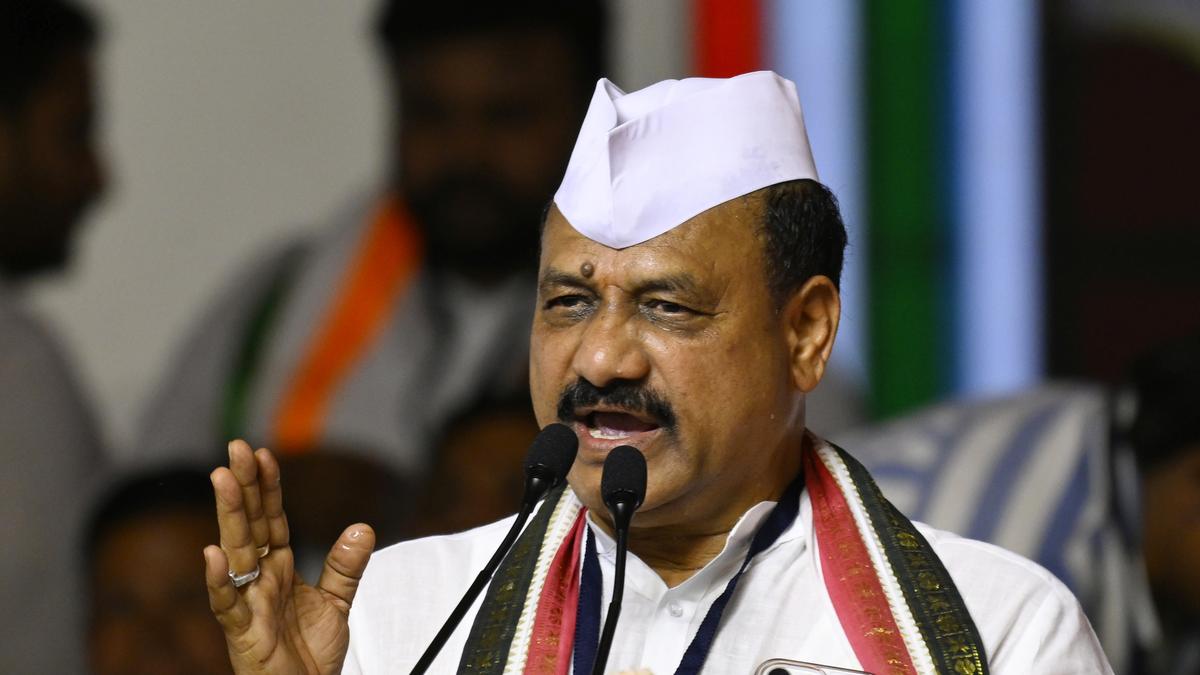India may have achieved an important milestone of sourcing 50% of its electric power capacity, or about 484 gigawatts, from non fossil-fuel sources, though publicly available data show that the share of clean energy in the electricity actually supplied is below 30%.
“India has achieved a landmark in its energy transition journey by reaching 50% of its installed electricity capacity from non-fossil fuel sources — five years ahead of the target set under its Nationally Determined Contributions [NDCs] to the Paris Agreement,” Pralhad Joshi, Minister for New and Renewable Energy, said earlier this week. “This significant milestone underscores the country’s steadfast commitment to climate action and sustainable development, and signals that India’s clean energy transition is not only real but also accelerating under the leadership of Prime Minister Shri Narendra Modi.”

In 2014, the share of renewable energy sources – solar, wind, biomass, hydropower (small and large) and nuclear power – constituted about 30% of India’s installed electricity capacity. As on June 30, 2025 – as per the Centre – it rose to 50%. However, the share of electricity generated from these sources rose from 17% in 2014-15 to 28% in the May 2025-26 period.
To be sure, the quantum of clean energy (non-fossil) produced annually has risen quite significantly from 190 billion units in 2014-15 to 460 billion units in 2024-25.
Experts say that despite the rise in clean energy, the slower increase in utilising clean energy was due to the “capacity utilisation factor” (CUF), a measure of how much available energy was usable. CUF values for clean energy have been lower than that of coal or nuclear sources. “While solar and wind now make up a large share of installed capacity, their CUFs are much lower. Solar has CUF of approximately 20% and wind around 25-30%, compared to coal’s 60% or nuclear’s 80%. This means their contribution to actual generation remains limited despite high installed capacity,” said Arunendra kumar Tiwari, Fellow, The Energy Resources Institute.
Base load demand, or power that is available through the day, is largely provided by coal, which makes up about 75% of India’s energy mix. While there was a rise in solar energy utilisation and easing demand on coal during the daytime, particularly in summer, was unavailable in the evening.

“To improve utilisation of solar, we primarily need two things: flexibility in the grid and improved battery storage. Right now we pay the same (per unit) for electricity, whether night or day. Much like in the early days of telecom, when night calls were cheaper, we need to experiment with differential tarrifs for electricity during the day.
This however will require smart grids and better management,” said Saurabh Kumar, vice-president, Global Energy Alliance for People and Planet and an expert on energy, “We have several schemes that are being working on and in the next one or two years, I expect there will be significant improvement.”
In the days ahead, an increase in ‘hybrid’ power projects that combine solar, wind, hydro and storage elements to meet India’s growing peak and round-the-clock power needs are the way forward, says a policy note from the Institute for Energy Economics and Financial Analysis. “When paired with battery storage, these hybrids can store surplus energy and release it during peak demand hours, particularly in the evening. However, deployment is currently limited by challenges such as land-aggregation issues, lack of coordinated transmission planning, and high cost of storage components.”



.png)
.png)
.png)
















 13 hours ago
6
13 hours ago
6









 English (US) ·
English (US) ·